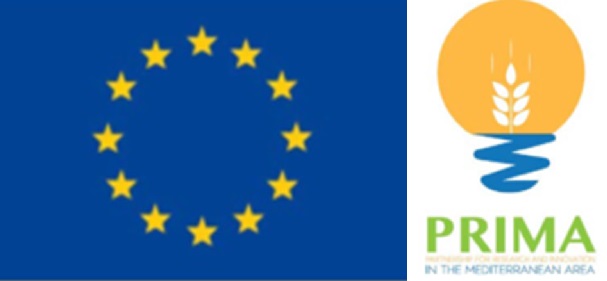Università degli Studi di Milano
Application of the photocatalytic remediation system in Rainbow trout (RAS fresh water system)
The UMIL unit is composed by two sub-units, the Chemistry Unit and the Veterinary and Animal Scientist Unit.
The Chemistry sub-unit will perform:
- Set up of the photocatalytic remediation system
The Veterinary and Animal Scientist Unit will evaluate the following parameters on trout and seabream:
- Zootechnical parameters: Growth, state of health and well-being – incidence of disease, stress, and oxidative state
- Ontogenic development and Histopathology, Muscle morphological analysis, Larval deformities, and skeletal abnormalities
- Water parameters: Physical, chemical, and microbiological characterization
- Ammonia, nitrite, and nitrate concentrations to verify the system efficiency
- Ammonia and greenhouse gases emissions
- Evaluation of filters efficiency
Università degli Studi di Padova
Application of the photocatalytic remediation system in Rainbow trout grow-out (RAS freshwater system)
The UNIPD unit is part of the Department of Comparative Biomedicine and Food Science (BCA). The unit has great experience in aquaculture focused on fish welfare, throughout the evaluation of stress and growth markers. Integrate competences of anatomy and physiology are used to evaluate influences of environmental and farming condition on farmed and wild fish.
In this project, the UNIPD unit will be responsible for application of the photocatalytic remediation system in Rainbow trout grow-out (RAS freshwater system) and, by means of a morphological and physiological approach, will perform the following analyses on trout and seabream:
- growth;
- health status;
- welfare assessment;
- larval/fry deformities;
- fillet quality and safety.
Moreover, UNIPD will be responsible for dissemination activities.
National Institute for Marine Sciences and Technologies (INSTM)
Application of a photocatalytic remediation system for the grow-out of gilthead seabream
Sparus auarata (RAS sea water system)
The INSTM Aquaculture laboratory is composed by two teams, the Marine Fish Production Unit and the Pathology of Aquatic Organisms unit.
The marine fish production unit will perform:
- Set up of the photocatalytic remediation system along the RAS
- Zootechnical parameters: Growth and well-being
- Evaluation of filters efficiency
The Pathology of Aquatic Organisms Unit will evaluate the following parameters on sea bream:
- Health parameters: Growth, immune and stress gene expression
- Water parameters: Physical, chemical, and microbiological characterization
- Ammonia, nitrite, and nitrate concentrations to verify the system efficiency
- In-vitro evaluation of TiO2 nanoparticle against the major microbial pathogens
- In vitro evaluation of the antimicrobial effects of the TiO2 powder and antibiotic degradation
Suez Canal University
Application of the photocatalytic remediation system in Gilthead seabream nursery rearing (RAS seawater system)
Marine Science Department at Suez Canal University is a leading oceanography department in Egypt with very unique location centered on Suez Canal at Ismailia city.
The Marine Science Department established in 1986 through an European Projects between Suez Canal University in Egypt and Liverpool University in UK. The department run a filed station located on the Red Sea at Sharm Elshiekh with wet laboratory facilities, accommodation and various laboratories. All of this, in addition to filed surveying and sampling zodiacs, boats and diving center.
The department is located at the Biology building on the Faculty of sciences in Ismailia with facilities of sampling and surveying at the Suez Canal by generous support and arrangements by Suez Canal Authority.
The department is led by a galaxy of professors covering the entire marine sciences specialties from ecology to molecular biology in addition to marine geology, physics and chemistry. The research activities within the department are covering all the matrices at Suez Canal, Red and Mediterranean seas. Furthermore, the research focuses on Coral reefs, mangroves, sea grasses and other communities and ecosystems. The research groups included aquaculture and fisheries beside fish biology at Red Sea, Suez Canal and Mediterranean sea for fin fish and invertebrates.
View the research team





